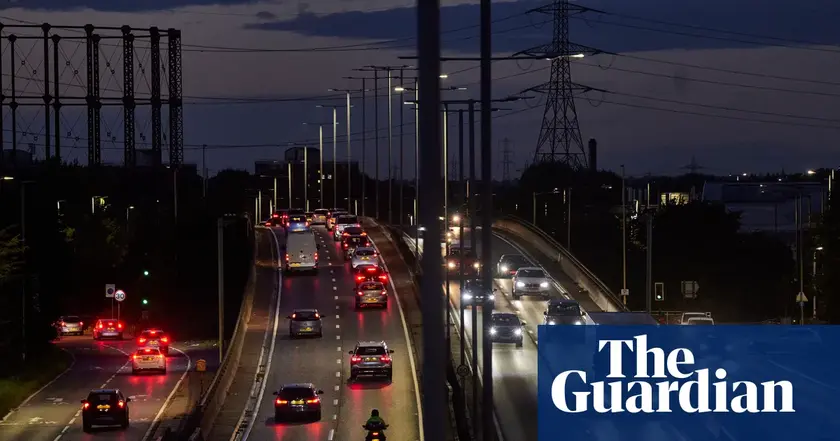T4K3.news
UK road safety data prompt review
New figures show safer roads but policy details on older drivers and drink driving will shape future safety gains.

The Sky News Data and Forensics team analyzes official road casualty data to assess proposed measures affecting older drivers and drink driving rules.
UK road safety data prompts review of older driver measures
The 2023 figures show 398 casualties per billion vehicle miles, the first time the rate slipped under 400. Total deaths reached 1,624, with about half in cars. Since 2006 the rate has fallen to a level traditionally described as a safety landmark. The Road Safety Act of that year set in motion penalties that contributed to a long decline, with a later plateau after 2010.
The analysis highlights geographic and age patterns. Isle of Wight had the highest fatality rate per mile driven, while central London boroughs had high rates for serious injuries. The data show fewer deaths among over 70s than younger groups, though older-driver risk remains a policy focus. Scotland has reduced drink-drive limits since 2014; the effect appears larger there than in England, suggesting policy differences can translate into different safety outcomes.
Key Takeaways
"It is certainly good for our eye health as we age to have a regular eye test, but this doesn't automatically mean that a compulsory eye test at age 70 is appropriate."
Age UK critique of the 70 eye test proposal
"Vision checks compulsory for older drivers is a practical step that can make a real difference"
Edmund King of the AA on policy
"There has also been a suggestion that younger drivers are more likely to die as a result of not wearing seatbelts"
Seatbelt data cited in the report
"Since 2014, Scotland has had a lower drink-drive limit than the rest of the UK"
Policy comparison across the UK
Data show real safety gains but also tensions. Focusing policy on age can frame aging as a danger rather than reflecting exposure and overall risk. Eye test proposals may reassure some, but the link between vision and crashes is not clear-cut, and the plan risks stigmatizing older drivers without universal or better-targeted safeguards. Policy design should consider broader risk factors such as speed, seatbelt use, and distraction, not just age.
Policy choices also hinge on budgets and public support. Scotland has diverged with a lower drink-drive limit, and London areas show higher serious injury rates, underscoring how local context matters. Any reform will need clear evaluation, adequate funding, and a credible plan for monitoring impact. The data remind readers that road safety progress is incremental and policy needs to adapt to real-world results.
Highlights
- Eye tests at 70 alone won't fix road safety
- Vision checks are a practical step that can make a real difference
- Younger drivers are more likely to die as passengers when not belted
- Scotland's lower drink-drive limit shows real change
Political and public reaction risk
The proposals touch on age based testing and drinking limits, raising potential political backlash and public debate. Public acceptability and budget will shape rollout and enforcement.
Policy design will determine whether the data translate into safer streets.
Enjoyed this? Let your friends know!
Related News

SSRIs safety signals prompt review

Bristol Balloon Fiesta Near Miss

Eye tests for drivers over 70 in focus

UK ministers push ahead on road safety overhaul

Acid attacks surge in Northumbria region prompting policy response

UK road safety push tightens eye tests for older drivers and cuts drink-drive limit

Data breach reveals identities of UK spies and Afghan allies

Two Fatalities at Skegness Beach
